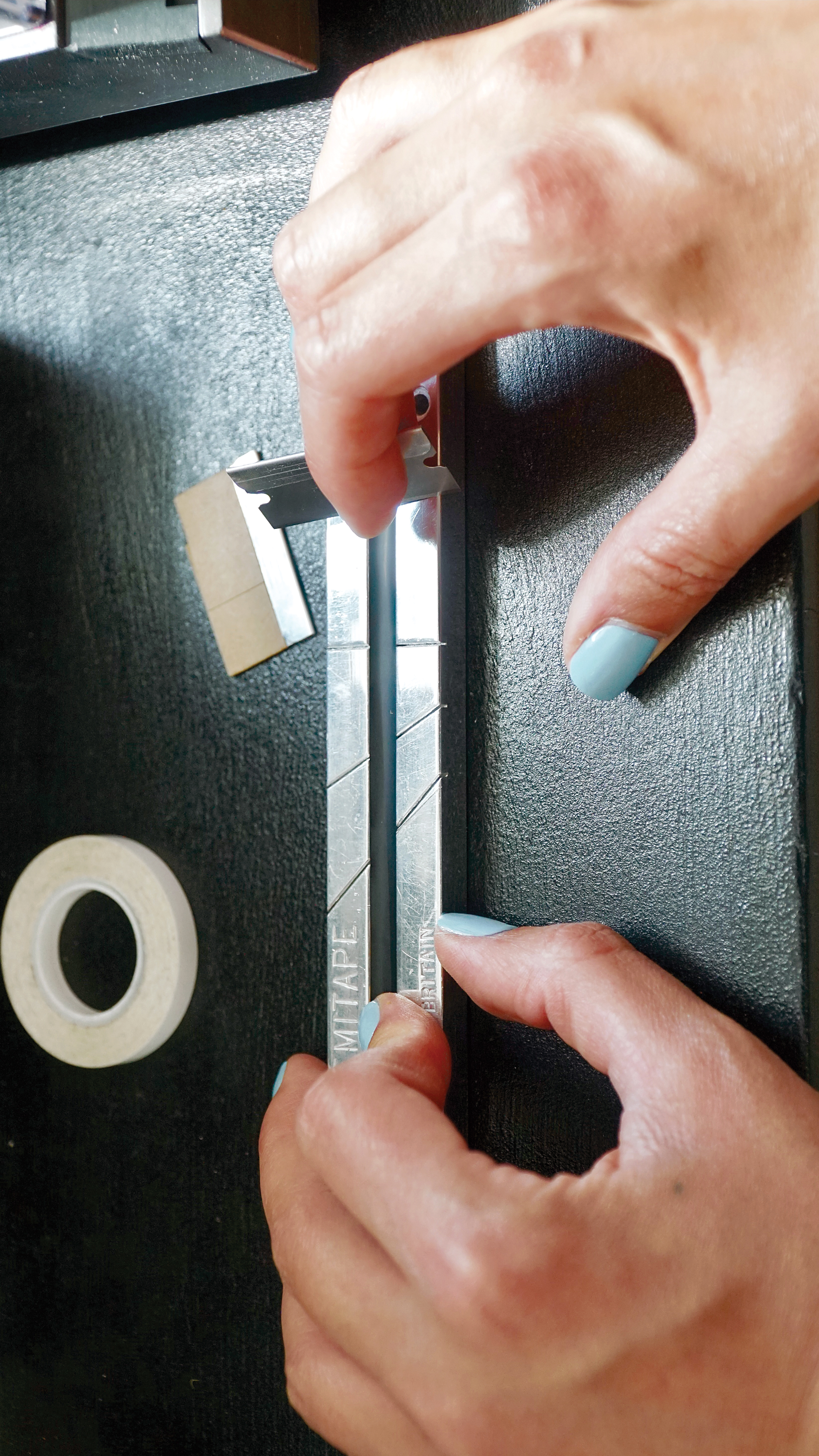There will surely come a time when we no longer use ADAT Lightpipe cables as a digital signal carry method. Until that day, the ADAT protocol seemingly remains the preeminent affordable and painless way to upgrade many project studio interfaces’ I/O count. Though in the box mixing and overdub-style record production is certainly commonplace – perhaps curbing the need for higher count interfacing – many of us still track live ensembles (bands). I’m not rich, and I’ve grown fond of my “economy class” 8-channel interface with DSP that lives in my mix room / project studio. It still works perfectly, is well maintained, remains compatible with newer operating systems, and is paid off. Unfortunately, last time I checked, I couldn’t get a fair trade-in for my “2018 8-channel sedan” towards a brand new “16-channel pick-up truck.” So, now I’ve got to buy a good “8-channel trailer” to haul 16 tracks back and forth to my computer. Enter Focusrite’s Clarett+ OctoPre ADAT preamp (and interface expander), which, in addition to providing 8-channels of S/MUX (24-bit/96 kHz) ADAT expansion with analog I/O, adds eight surprisingly good, built-in preamps for your tracking needs.
The Clarett+ OctoPre marks the fourth iteration of the OctoPre [Tape Op #82] lineage that we’ve reviewed, which should attest to both its utility and popularity among project studio users. With each new version of the OctoPre, Focusrite claims to have improved the analog path, converters, dynamic range, and frequency response – while upping the preamps’ quality and lowering its THD. In addition, this Clarett+ OctoPre offers an Air preamp mode that mimics the sound of Focusrite’s ISA 110 preamp’s analog sheen. Though I’ve never owned an OctoPre, I was impressed with Clarett+’s overall conversion quality (that met or beat my current interface’s response).
The Clarett+ OctoPre’s slim single space red chassis will stand out in almost any rack. Two female XLR combo jacks are located on the faceplate for easy input access to channels 1 and 2. Both channels work as true JFET instrument DIs, mic inputs, or line inputs. There are gain knobs for each of the Clarett+’s eight channels with switchable 48V phantom power in groups of 1-4 and 5-8. Each channel pot is accompanied by an input overload warning light – pay attention to these while tracking! Below each channel’s volume knob are selectable dual mode Insert/Air switches. The six-segment, 8-channel LED meter displays converter level and lives next to Insert and Air primary mode switches. Power, Sync, Sample Rate, and ADAT mode switches (accompanied by LED indicators) round out the faceplate controls.
Rear panel I/O accommodates up to 8-channels of ADAT connectivity with two jacks each for input and output (configurable according to sample rate). Ye olde word clock BNC jacks for I/O were a welcome sight; though the ADAT protocol can carry word clock signal, I prefer the flexibility to loop my clocking through all interfaces to a standalone primary clock. That’s as nerdy as I’ll get for this review, but I’m thankful for the option here. Analog line outputs pass through a single female DB-25 jack. Rear panel mic/line inputs for channels 3 through 8 are handled via female XLR combo jacks. TRS line inserts for channels 1 through 8 round out the Clarett+ OctoPre’s I/O.
Admittedly, I don’t do much tracking in my project studio, so my primary use for the Clarett+ OctoPre was for the conversion and analog I/O. Because line inputs for channels 1 and 2 are located on the front panel, this wasn’t a plug-and-play solution for my purposes (or my patchbay). However, at this price and quality, the benefits far outweigh any limitations – and I was able to get around the jacks’ physical location with some tie line trickery. Once configured for my mixing needs, I couldn’t have been happier with the Clarett+ OctoPre’s performance. Note: the ADAT, send (at the insert), and line outputs are always active, which opens up opportunities for splitting the signal to different sources. Check Focusrite’s website for more on this.
Focusrite seems to be pushing the Clarett+ OctoPre as the perfect solution for drum tracking. I cannot disagree with their market research in fulfilling that project studio need – it’s readily apparent that this unit was designed primarily for tracking. So, for my testing, we put the family band back together, with yours truly on drums while the neighbors were out of town for the holidays. From a project studio/remote perspective, I found the Clarett+ OctoPre’s preamps were incredibly handy in a full band, 16-channel (combined with my interface) 24-bit/96 kHz tracking scenario – and I was totally digging the high end shelving Air mode option nearly every source I recorded. I would’ve liked to have had hi-pass options with the pres, and a phase invert for my bottom snare head would’ve been nice, but it was in no way a deal killer; all in all, an excellent clean capture on drums, vocals, acoustic guitar, bass DI, and keyboard overdubs. Yes, I’ve got fancy outboard pres, but for those just beginning to expand their limited-channel recording or remote rig on a tight budget, the Clarett+ OctoPre will get you there with keepers suitable for release.




_disp_horizontal_bw.jpg)